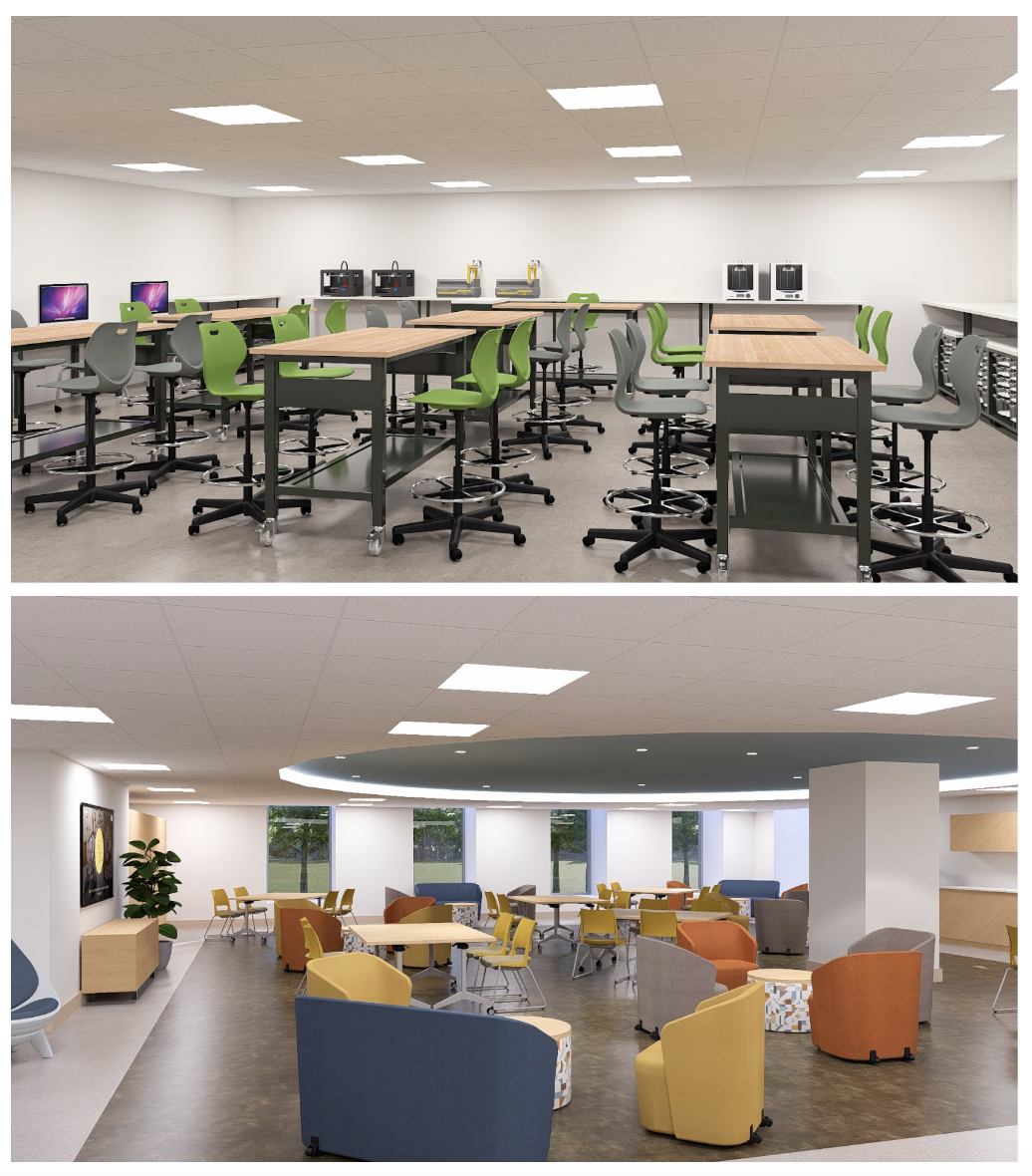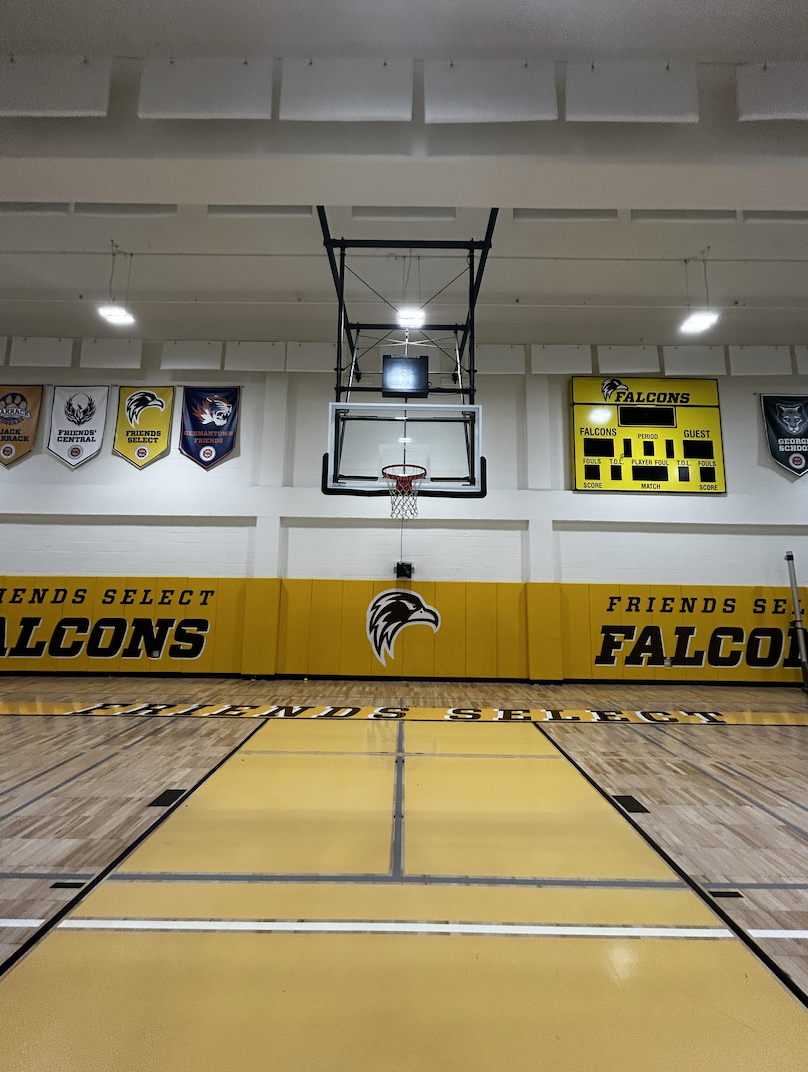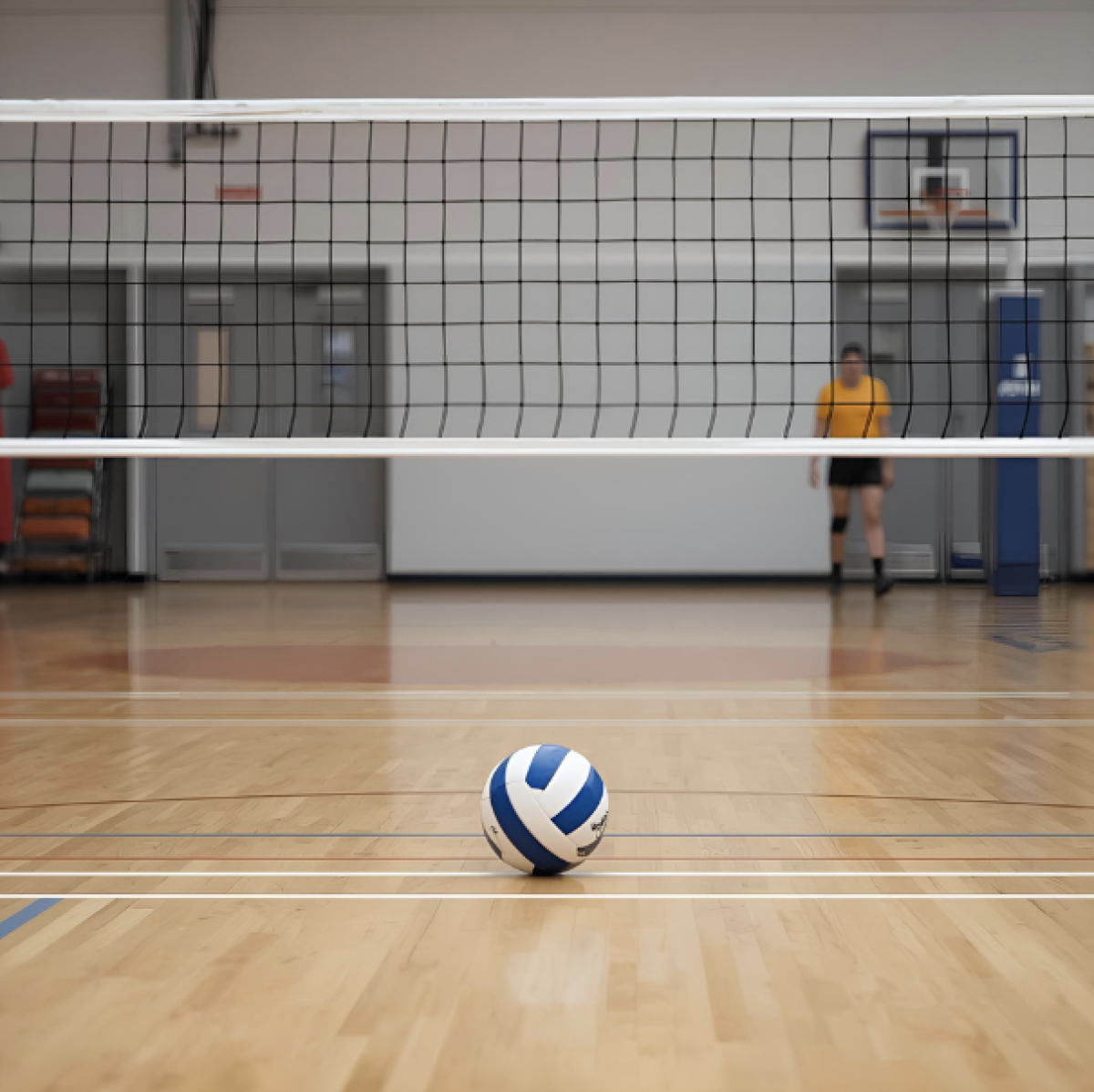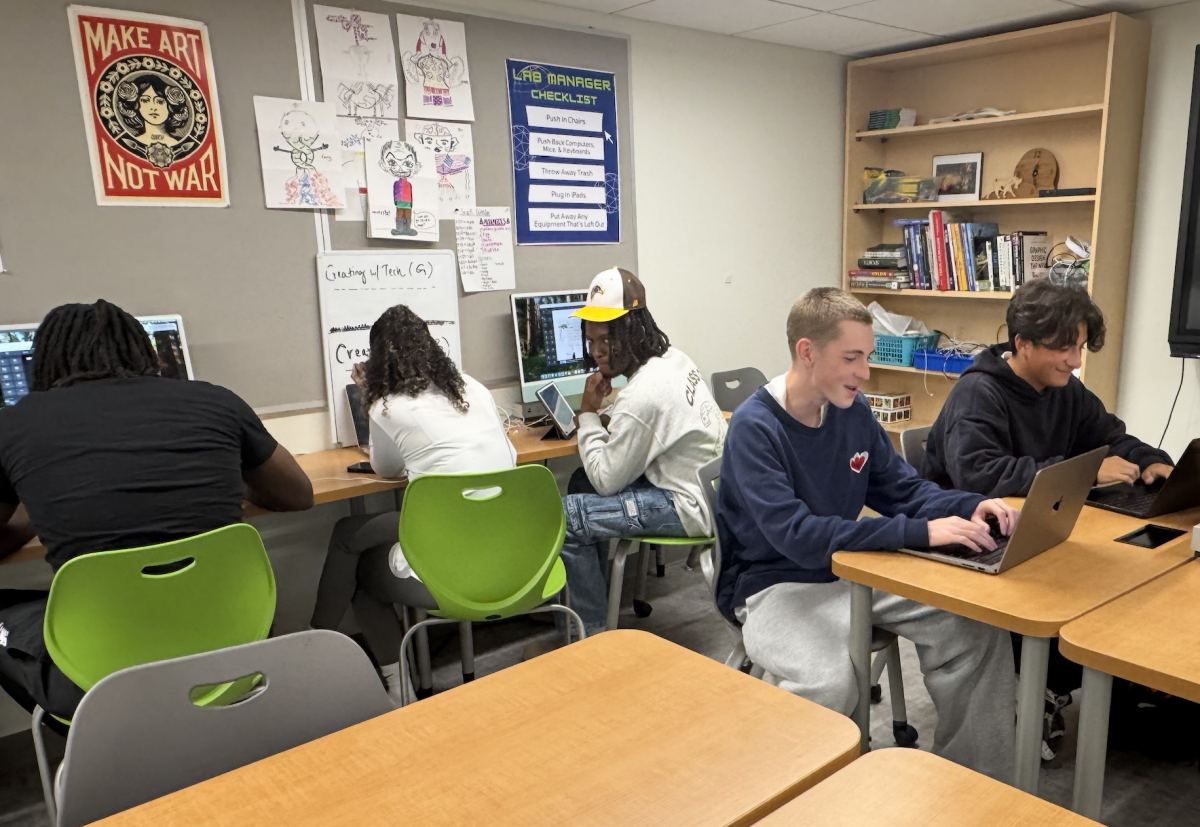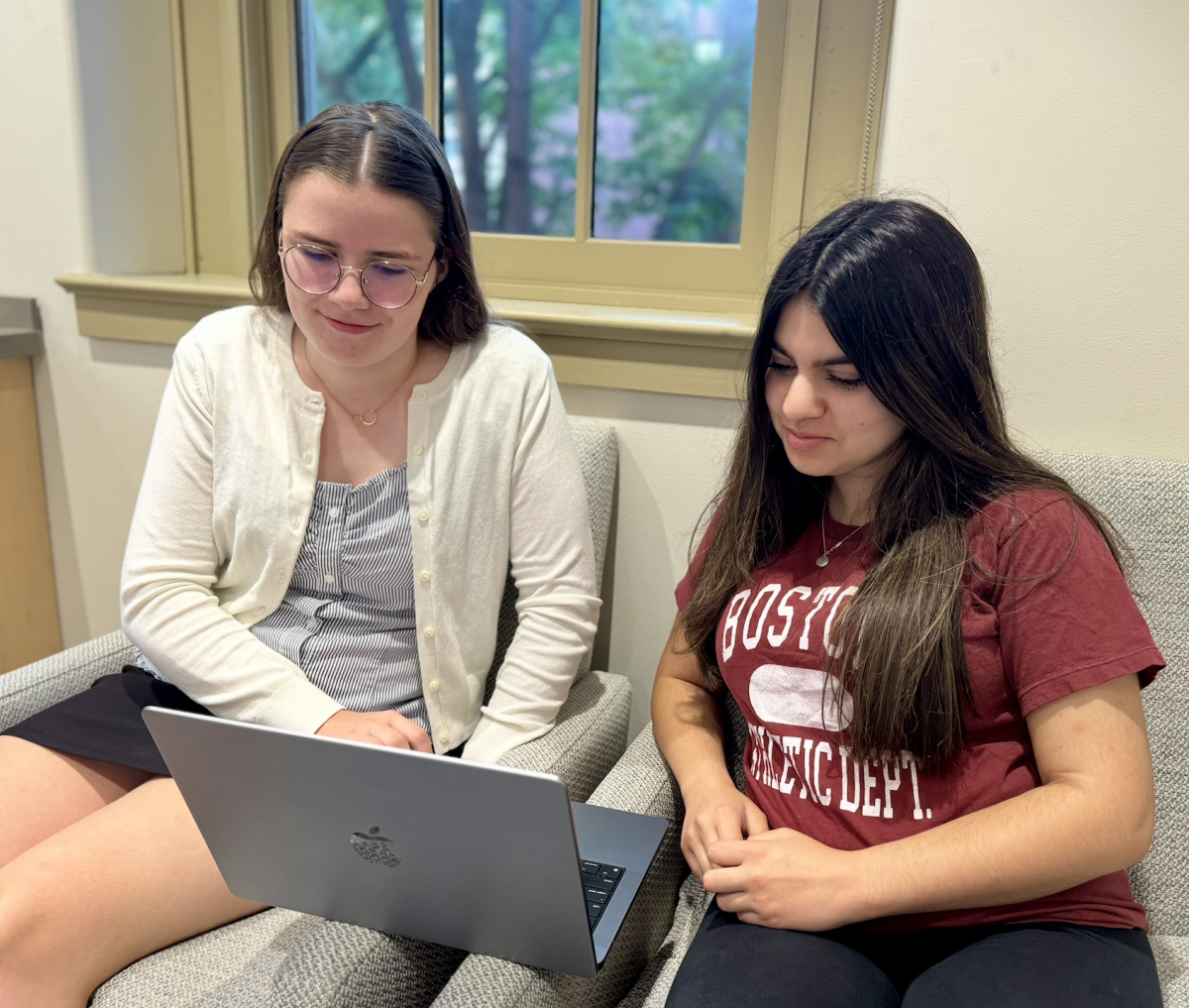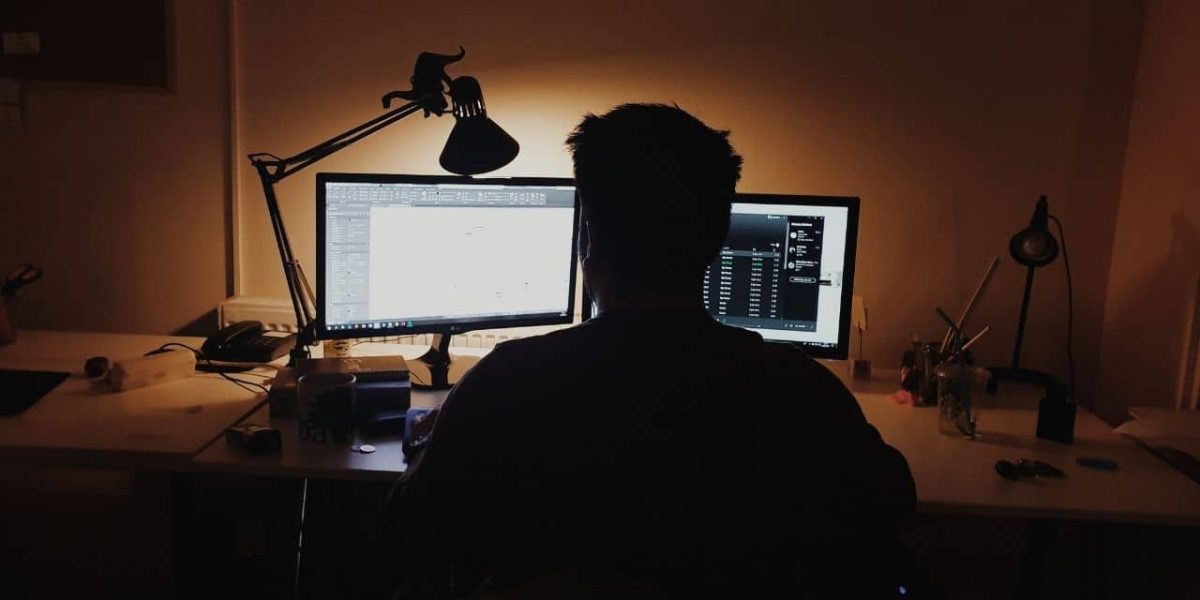As students, we spend a lot of time looking at screens. Most of the school work we do is on our computers, the main way we communicate outside of school is through our phones, and many of us watch TV shows or movies at home after a long day. For some of us, spending the whole day on screens may not be a problem, but for others, it is a constant struggle.
In a form sent out to FSS Upper School Students that got 89 responses, around 60% of responders said they have experienced screen-induced headaches. This shows that these headaches are a prominent issue for the students at Friends Select. The majority of people who got screen-induced headaches said they got them around twice a month. These headaches can last multiple hours or days and make it very difficult to complete classwork and homework. While these headaches may not be 100% attributed to screens, they are a possible cause.
But why do we get screen-induced headaches? What causes them? Well, the answer is simple. Digital eye strain. Digital eye strain happens when you stare at your screen too much. Some symptoms of digital eye strain are headaches, migraines, blurry vision, dry eyes, and tension in the neck and upper back. Being in a super bright room does not help to avoid these headaches either. Many workspaces (and places at our school!) have wide open windows and overhead fluorescent lights which can continue to trigger a screen-induced headache. To add to that, bright settings can cause a glare on your screen, as well as glares on the ones around you, which can worsen a headache or migraine.
Unfortunately, as students in the 21st century, there isn’t much we can do to reduce our screen time at school. 70% of students who responded to our survey estimated that 80% of their school work was on a computer. At FSS, we do so much on our screens: reading articles online, taking notes online, watching the smartboard during class, and more. Outside of school, many people spend even more time looking at screens, whether it’s phones or television, or other things. 46% of survey respondents said they spend 5-8 hours looking at screens every day!
So what can we do to avoid getting these screen-induced headaches? Well, there are lots of different recommendations. One strategy is the “20-20-20 rule”. To follow this rule, every 20 minutes, stop and take a 20-second break to view something 20 feet away. This strategy is endorsed by the American Optometric Association. You can also get blue light glasses or a blue-light-blocking filter for your computer. These products work by either reflecting or absorbing blue light. This is important because long exposure time to blue light can cause visual fatigue, which can cause headaches. Blue Light is “a harmful visible light that penetrates the cornea and lens of the eye” (Hoya Vision). Another strategy can be sitting up straight since poor posture can lead to neck tension, which contributes to headaches.
Even though so many students experience headaches caused by the amount of time they stare at screens, a large number of students prefer digital assignments to paper ones. Sam Goldwert, ’25 said, “I prefer digital because I tend to lose physical items a lot, and a digital assignment means that, as long as I know where my computer is, I never lose my homework. Also, it’s often more convenient than a paper assignment, so I can work on it practically whenever and wherever.” Many students agree with Sam, echoing ideas of being unable to lose digital assignments as opposed to paper or it just being more organized to have things be digital. There was a minority of students who did say that they prefer paper assignments. Ben Yerkes ‘26 said, “I feel like there are fewer opportunities to get distracted when working on paper, and I feel like I am more efficient when working on paper.” Other students shared a similar sentiment of there being fewer distractions when completing paper assignments.
So what’s the solution? Maybe teachers can offer an online option and a printout option, so students who know they have issues with headaches can choose which is best for them. But computer work is not going away any time soon, so if you struggle from screen-induced headaches, you can try some of the avoidance strategies listed above and see if they help you!





